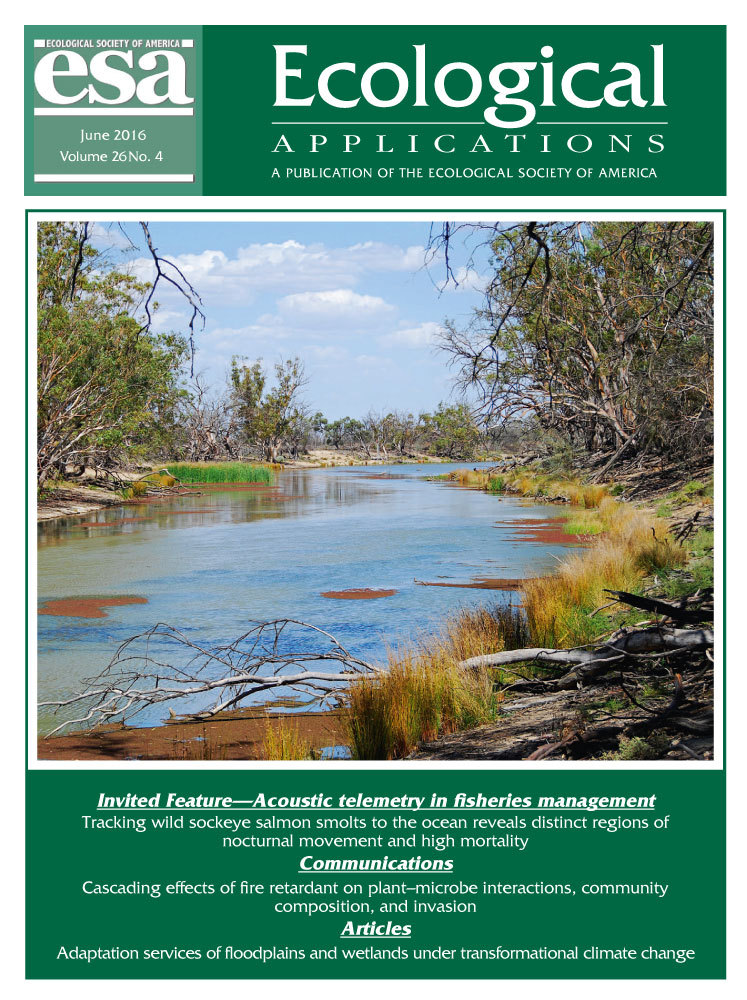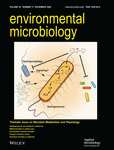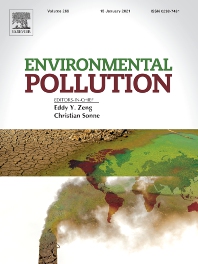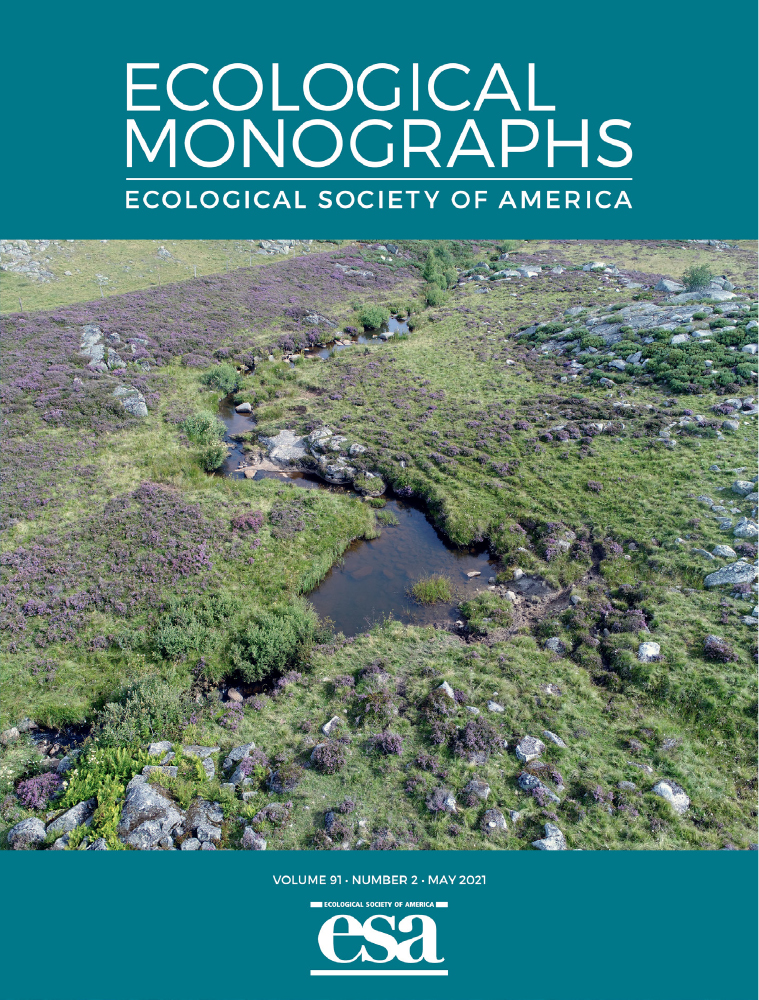Urban biotic homogenization: approaches and knowledge gaps
The authors mapped and analyzed the literature on the hypothesis of urban biotic homogenization. They identified 225 studies addressing the hypothesis. Half of them investigated homogenization across cities, the other half investigating homogenization within cities. There are strong research biases and thus knowledge gaps in the literature and about 55% of the studies supported the hypothesis.
Perchlorate-specific proteomic stress responses of Debaryomyces hansenii could enable microbial survival in Martian brines
No life has yet been found on Mars, but it is exciting to explore under what circumstances it might be possible. The authors have studied the cellular processes that regulate the adaptation of microorganisms to perchlorates. If microorganisms could genetically adapt their stress response to this salt, their survival on the red planet might be possible.
Global patterns and controls of nutrient immobilization on decomposing cellulose in riverine ecosystems
The research team used a standardized, low-nutrient organic matter substrate (cotton strips) to quantify nutrient immobilization at 100 paired stream and riparian sites representing 11 biomes worldwide. Immobilization rates varied by three orders of magnitude, were greater in rivers than riparian zones, and were strongly correlated to decomposition rates.
Towards critical white ice conditions in lakes under global warming
The quality of lake ice is of paramount importance for ice safety and lake ecology under ice. In 2020/2021, the researchers conducted a coordinated sampling campaign of lake ice quality during one of the warmest winters since 1880. They showed that lake ice during this period generally consisted of unstable white ice, which at times accounted for up to 100 percent of the total ice thickness.
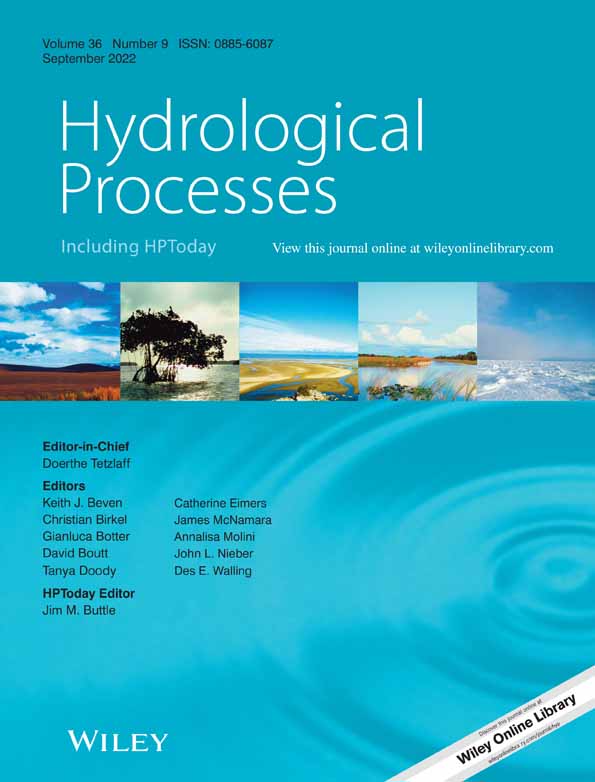
Water cycling and partitioning through the soil–plant–atmosphere continuum in a subtropical, urban woodland inferred by water stable isotopes
The authors conducted a sampling campaign of water isotopes, combined with climatic and hydrometric data across an evergreen broad-leaved woodland, to assess event-based changes in water cycling and partitioning. Quantifying the transfer of water in the soil-plant-atmosphere continuum improved the understanding of water cycling and partitioning in an urban woodland in a monsoon humid region.
Large-scale sampling of the freshwater microbiome suggests pollution-driven ecosystem changes
Citizen scientists sampled more than 600 freshwaters in Germany. This unique data set provides evidence of 3 trends: first, microorganisms in the sediment show signs of chemical stress and antibiotic resistance in their genetic material. Second, excessive artificial lighting at night alters the species composition of microorganisms. And third, all studied water bodies emit greenhouse gases.
Quantifying eco-evolutionary contributions to trait divergence in spatially structured systems
In both time and space, the observed differentiation in trait values among populations and communities can be the result of interactions between ecological and evolutionary processes. The authors extended methods to quantify ecological and evolutionary contributions to trait changes to account for empirical studies that document trait differentiation among populations structured in space.
Towards the outwelling hypothesis in a Patagonian estuary: first support from lipid markers and bacterial communities
Fatty acid markers, stable isotopes of C and N, and bacterial communities were investigated in a mesotidal estuary of the Patagonia to assess the Odum’s outwelling hypothesis. Rhodobacterales were likely early colonizers of the outwelled organic matter and the exportation of nutrients and organisms and their essential fatty acids from the wetland was inferred, supporting the findings of Odum.
Mechanisms of prey division in striped marlin, a marine group hunting predator
The authors identified individual striped marlin (Kajikia audax) hunting in groups. Groups surrounded prey but individuals took turns attacking. They found that competition for prey access led to an unequal division of prey among the predators, with 50% of the most frequently attacking marlin capturing 70–80% of the fish.
The emergence and development of behavioral individuality in clonal fish
The authors have now shown for the first time in naturally clonal fish that genetically identical individuals already differ in their character traits on the first day of life and that these early character differences significantly shape the behavior of the animals into adulthood.


